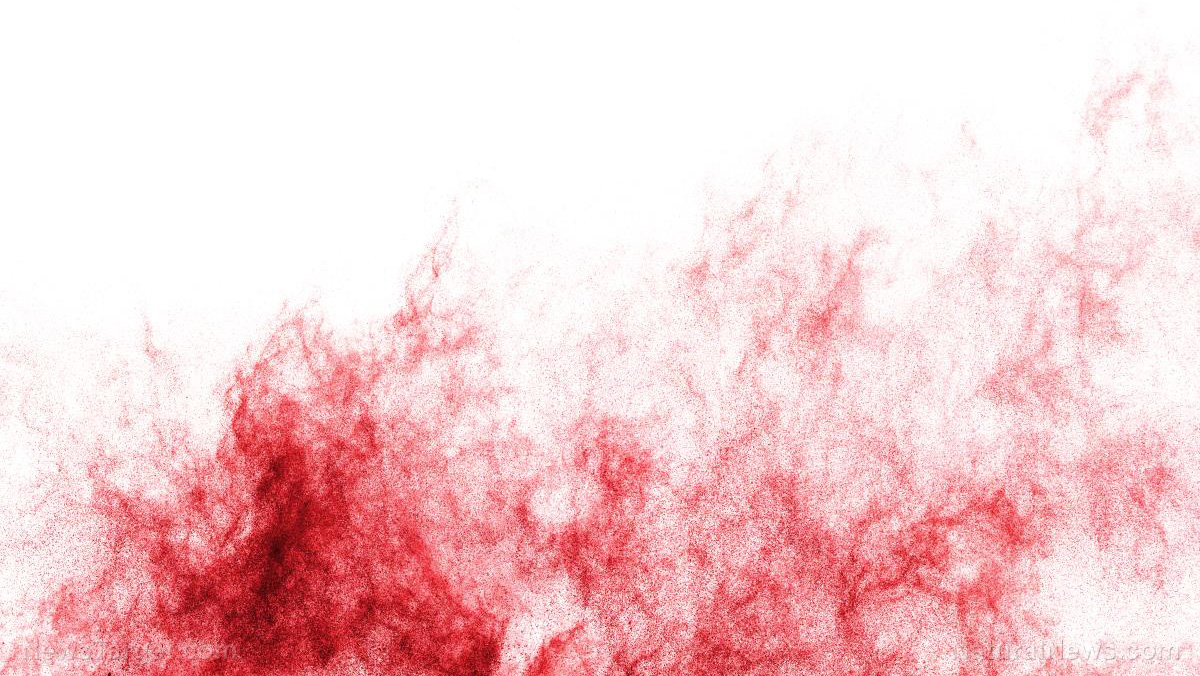
Profuse bleeding from various causes -- such as gashes, cuts, and surgical wounds -- are an awful sight. The use of different clotting agents such as hemostats, chitosan patches, and tourniquets help ease the uncontrolled bleeding.
Hemostat and Chitosan for uncontrolled bleeding
Hemostatic dressings and chitosan patches keep profuse bleeding at a minimum.
Hemostatic dressings keep major hemorrhage under control, especially in life-threatening situations such as bleeding arteries. These clotting agents are biocompatible and non-irritating. They resemble traditional gauze. When applied to a wound, this water-soluble material quickly absorbs blood and other body fluids then transforms into a gel-like substance. This mechanism instantly seals the wound with a transparent layer that offers further protection. This material aids in blood coagulation and promotes wound healing. Keeping hemostatic dressings prove beneficial especially among military men who constantly cut and bruise themselves when undergoing training and actual encounters in the battlefield. These specialized dressings effectively stem blood flow within minutes and are practically usable in wounds of any sizes
In 2015, the U.S. Food and Drug Administration (FDA) approved a nearly similar device called XSTAT30. The hand-held device controls severe bleeding and is intended for military use in the battlefield to halt bleeding in wounded men. The medical device makes use of a small sponge coated with chitosan to stop the bleeding in patients. Chitosan is a biocompatible, sterile, and self-expanding compound made from shrimp shells. The sponges are shown to work within 15 seconds by filling up the entire wound cavity to create enough pressure to mitigate the bleeding. The device contains 92 of these sponges that create a temporary barrier against blood flow. XSTAT30 was approved for individuals at risk of severe hemorrhagic shock, and could be used for up to four hours, just enough time for the patient to received surgical care.
Chitosan is a positively charged polysaccharide and it absorbs red blood cells that are negatively charged. This is the reason why chitosan patches are extremely adherent to human skin. Patients with hemophilia can use chitosan bandages to instantly stem bleeding. These bandages prove beneficial in many other activities such as hiking, biking, overseas mission and construction.
Using tourniquets to stem profuse blood flow
Tourniquets are essential in wound care. Emergency situations sometimes call for improvisation. Belts, shoe laces, and backpack straps can all be used as tourniquets. Sterile tourniquets on the other hand are readily available in the market. However, applying the tourniquet to an affected area is always the challenge. An article from ArtOfManliness.com provides a step-by-step guide in using the item.
- It is important to note that tourniquets are only used on limbs.
- Wrap the limb at least two inches closer to the body than the wound. Never put the tourniquet over the joint. Once done, tie the tourniquet in place with a knot.
- Place your preferred torsion device - usually a stick - on top of the knot and tie another one to secure the torsion device in place.
- Twist the torsion device in one direction until bleeding ceases.
- Secure the tourniquet in place.
It is also important to assess the patient for subsequent shocks. Signs of hypovolemic shock include: weakness, confusion, cool and clammy skin, rapid breathing as well as unconsciousness and cyanosis or blue skin. Lay the patient flat on their back and keep the person warm. It is also important to call help during an emergency. In an event that phone service is not available, do the fireman's carry and grab the patient with you to ask for help.
Read EmergencyMedicine.news for more stories about off-grid medicine.
Sources:
Please contact us for more information.





















